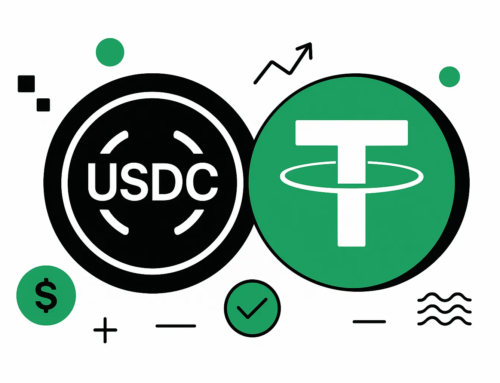The trader who applies the crypto arbitrage strategy studies the exchange rate, spreads, and fees included in different crypto exchanges, to find a discrepancy or deviancy in the prices of an asset across the hundreds of different exchanges that are working across the crypto community. Once a significant loophole in the prices across any exchange is detected, the trader would buy an asset in one exchange to then sell it in the next one for a profit. This small change in price values can give significant profits to the trader in a short span of minutes or even seconds. It is also a clear display of how consumers use the price volatility in their favor.
Different Types of Crypto Arbitrage
Being a new user of this form of trading, you will find out three different forms of arbitrage trading in the crypto sector, which are:
- Convergence Arbitrage: Assets are bought on an exchange and sold across another. The trader looks for the convergence of prices which leads to a closure of both open positions.
- Spatial Arbitrage: Buying crypto asset across exchange and immediately selling it across another in seconds.
- Triangular Arbitrage: If you are looking forward to selling the bought asset across another trading pair, it involves triangular arbitrage.
How Does It Work?
These opportunities are increasing across the digital sector every passing day. Traders find this option to be more attractive than the market’s volatile conditions, which, although it provides some instances of high profits, also takes away a large sum of the portfolio on bigger dumps in prices.
Users who consider the option of crypto arbitrage use the small deviations in the market for a certain crypto asset. They buy an asset across one exchange and sell it out for a slightly higher price on another exchange under short spans. However, the risks associated with this form of trading are small.
Risks Associated with Crypto Arbitrage
This form of trading does not require future calls and predictions of prices. It is a search of price discrepancies across the available sources which need to be capitalized by the trader for sustaining profits across it. This potentially includes market analysis and a strategical functioning of the trader in selling out their asset with the best profits.








